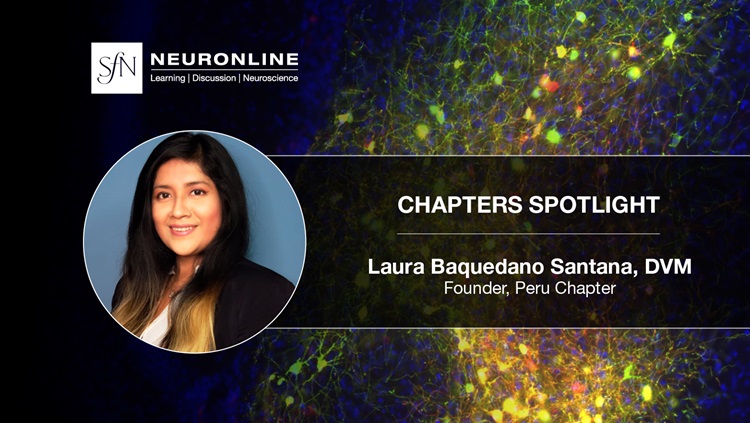Influential Writing and Leading Change
- Featured in:
- Foundations of Rigorous Neuroscience Research
The first op-ed (PMID 29446388) about my work as a scientist-educator on the R3 Graduate Science Education Program (PMID 29259084) significantly increased my visibility in the science education landscape. At the time, about five years ago, I had just launched the program together with its founder, Dr. Arturo Casadevall, at the Johns Hopkins Bloomberg School of Public Health (BSPH). The BSPH R3 program, coined by the three “R’s” of good scientific practice – Rigor, Reproducibility, and Responsibility – was meant to be revolutionary from the very beginning. Aiming to teach broader views of science and less subject matter specialization, we created a new biomedical graduate science program that would bring the “Ph”, i.e., the philosophical foundations back into PhD, as well as master’s level training. Our students focus on thinking science from first principles, with a strong ethical mandate and an emphasis on scientific communication. Such radical changes of the established educational paradigm tend to elicit resistance. Influential writing taught me one way to facilitate such changes in education, overcome hurdles, bond with allies, and broaden my sphere of influence. Here are a few recommendations that turned out to be helpful in this process:
- Make your ideas for change known early, starting within your own institution.
Socializing our ideas is a good start to feel the temperature, i.e., the level of support versus resistance, in your closer surroundings. Begin by writing a one-pager with a catchy title, outlining a sketch of your ideas in simple language, and explaining what difference your initiative is going to make. These write-ups form suitable starting points for coffee conversation with key stakeholders, where you can solicit their feedback and win their support. If your institutional environment allows, try to place your piece in your institution’s magazine or ‘News & Views’ website, which may win you more supporters and keep you in the minds of colleagues and major constituents. - Become part of the discussion in your research community.
Incorporate internal feedback and look for journals that publish educational pieces open access. There are, of course, journals with a dedicated focus to science education. However, a growing number of traditional research journals in science, engineering, and health are accepting educational articles into explicit, peer-reviewed sections as well. Professional society journals can be particularly attractive as they are addressing a community of likeminded individuals. You may even have the opportunity to promote your article on an educational platform at a related professional society conference, which would ensure your name is more broadly recognized and associated with your mission in your scientific community. - Enhance the public footprint of your publication through an opinion piece.
Do not be shy to approach editors about the opportunity to place an op-ed about your work that is likely to appeal to a broad audience. To this, it can be helpful to provide a short summary of your article. Choose a thought-provoking title highlighting a relatable aspect of your work that not only appeals to a broad audience but is likely to hit a nerve with many readers. Be proactive in soliciting an op-ed invitation and do not get discouraged by rejections. A surprising number of journals, among others “one-word” publishers[HF1] , newspapers and -outlets[HF2] , or blogs of professional societies accept opinion pieces. Once invited, avoid any jargon or “expert-speak” in composing your write-up. Remember whom you are writing to! I found that the familiar ‘Why - What – Who – How - to Which end? framework that many of us use for manuscript and grant writing, provides a good framework. - Amplify public attention by making effective use of social media
Social media is commonly used to increase attention for academic work in scientific as well as public circles. Focusing on advocacy for the cause, not self-advertisement, on the acceptable platforms, can be a helpful tool in reaching national and international audiences beyond disciplinary boundaries. The caveat here is the need to carefully select which social media platform as the venue might impact the message.
Non-traditional forms of disseminating information about science and science education such as opinion pieces, blogs, podcasts, or social media posts, can have catalytic effects on your reach and help build networks more effectively. They are not meant to replace peer-reviewed research articles; rather, they may assist you in getting the word out and spark vibrant communications. My own professional network increased about tenfold through the activities and developments above, and multiple, very fruitful collaborations and invitations to speak emerged from them. The greater visibility for my work allowed me to become a leader in the scientist-educator community through the means of influence.
Yet, there is something grander to consider as well. Something that appeals to our responsibility as members of the scientific enterprise. By using more than solely academic writing channels and communicating our work to wider audiences, we seize the opportunity to give back to a society that invests in us, through taxes and trust. Based on the central scientific values of stewardship, accountability, and openness, we should view it as our duty to invest time and effort into building bridges for everyone interested in science, and to do our part to help broaden participation (PMID 35570294).











